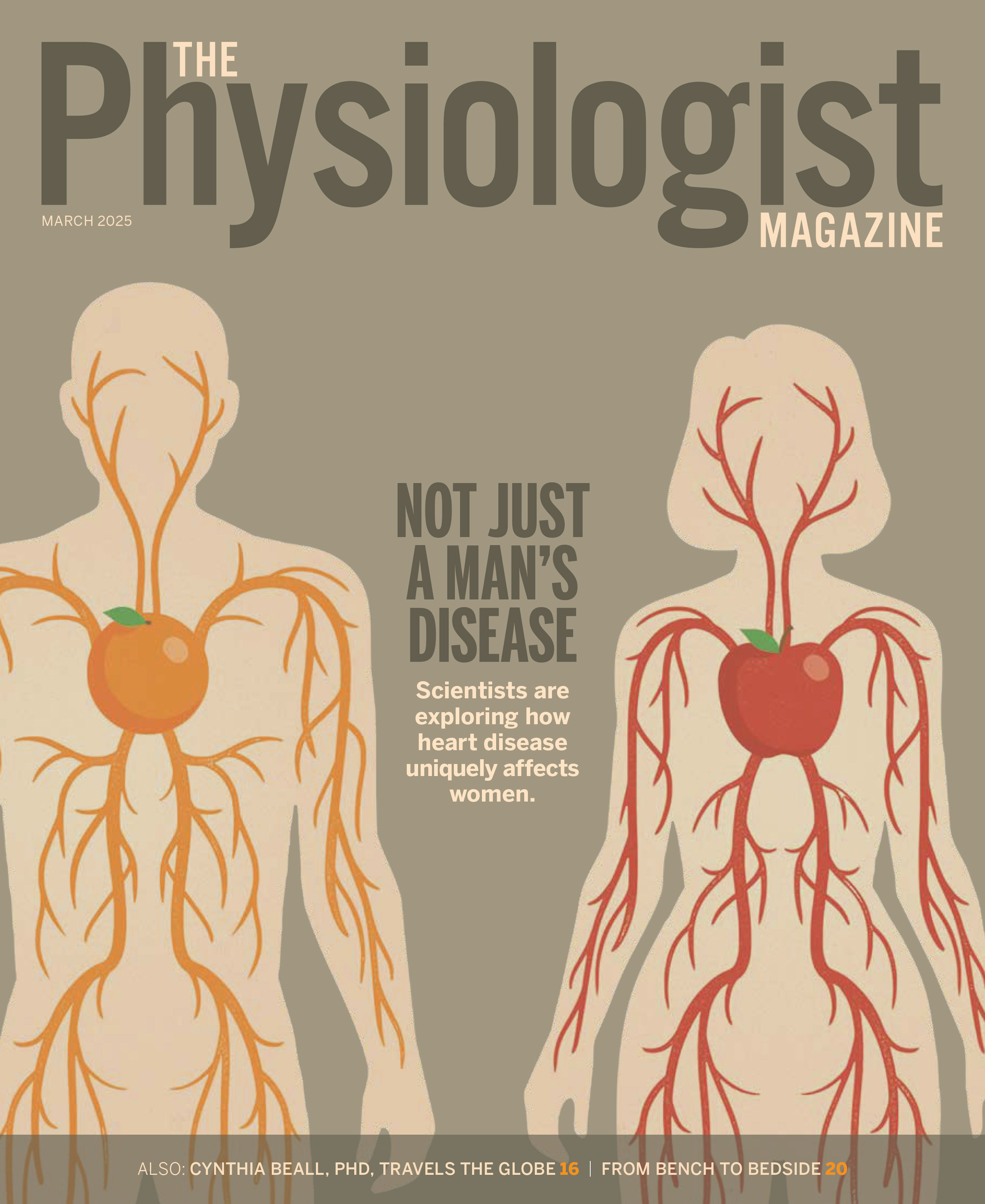Why Marathons Are Getting Faster
By Michael J. Joyner, MD

For years, researchers and running enthusiasts have asked “Will humans be able to run a marathon in less than two hours?” On October 13, 2019, we got our answer … sort of. During an exhibition run in Vienna, Austria, Eliud Kipchoge of Kenya ran 26.2 miles (42.2 km) in 1:59:40.2, becoming the first person to run the sub-two-hour marathon. Kipchoge’s time does not count as a world record—he was not running in a sanctioned race, and he had a team of rotating pace makers, allowing him to draft. However, he does hold the official world record of 2:01:39, set in 2018.
His remarkable time—along with the 2:14:04 marathon run by Brigid Kosgei of Kenya the following day, which set a new women’s world record—highlights progress in marathon performances in recent decades. We’ve also gained a greater understanding of the three main determinants of what allows humans to run so fast for so long.
First, the maximal oxygen uptake (V˙ O2max) of these athletes is very high, typically about two times that of a young, healthy untrained male or female. Second, they are able to run at 80 percent or more of V˙ O2max (on the order of 20 times resting metabolic rate), while key homeostatic markers—such as body temperature, pH, blood gases, blood glucose and lactic acid levels— remain at or near resting values. Third, many top marathoners have excellent “running economy,” meaning they are efficient and have a low oxygen cost.
Marathon times have also gotten faster as athletes “move up” to the marathon earlier in their careers. Careers are also much longer, partly driven by lucrative shoe contracts and substantial prize money. Pace makers are sometimes used in the first half or more to ensure a fast time. Many races are held at times of the day and year with favorably cool temperatures and on flat courses. Recent innovations in shoe technology reduce energy loss when the foot strikes the ground and improve running economy.
These improvements suggest that if the right group of top runners worked together it should be possible to run in under two hours in a sanctioned race. Rigorous doping control is also essential for fast times to have credibility.
Two questions moving forward are: When will such an optimized sanctioned race occur? And will shoe technology be regulated? Improvements in cycling, swimming and speed skating equipment have made athletes more efficient and improved records. However, their equipment is regulated. Perhaps the recoil properties of running shoe midsoles should also be regulated.
As someone involved in the scientific thinking about the two-hour marathon from the outset, to see physiological ideas translated into practice has been validating.
Michael J. Joyner, MD, is a physiologist and professor of anesthesiology in the Department of Anesthesiology and Perioperative Medicine at the Mayo Clinic in Rochester, Minn. His 1991 modeling paper in the Journal of Applied Physiology explored the possibility of a sub-two-hour marathon.
This article was originally published in the January 2020 issue of The Physiologist Magazine.
The Physiologist Magazine
Read the Latest Issue
Don’t miss out on the latest topics in science and research.
Contact Us
For questions, comments or to share your story ideas, email us or call 301.634.7314.


